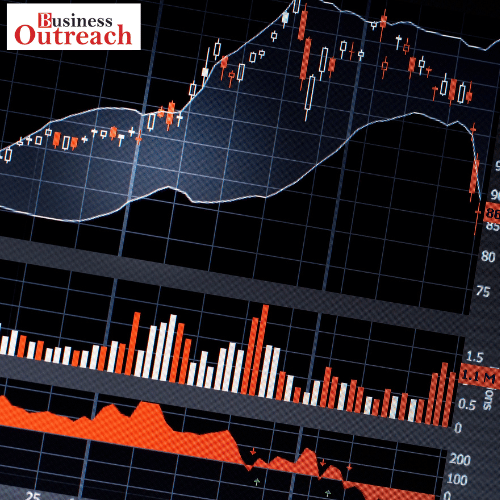On Friday, global shares experienced a momentary pause as investors carefully considered recent monetary policy actions taken by the Bank of Japan and inflation data from both sides of the Atlantic. Market participants were eager to find more evidence that could potentially influence central banks to conclude their rate-hiking cycles.
The Bank of Japan announced adjustments to its yield curve control policy, making it more flexible and loosening its defense of a long-term interest rate cap. These moves were perceived by investors as a prelude to a shift away from years of ultra-loose monetary policy. This development followed interest rate increases in the United States and Europe in recent days, which were regarded as the final moves in the most aggressive hiking cycle in a generation. The Bank of England was set to meet the following week, adding to the significance of these central bank actions.
Market Reactions and Expectations
Following the Bank of Japan’s policy changes, the yen and benchmark Japanese bond yields witnessed notable jumps. Investors also displayed optimism regarding potential stimulus measures, leading Chinese stocks to head for their best week since the previous November.
The oil market was on track for a fifth consecutive week of gains after news surfaced that the U.S. economy had grown faster than expected in the second quarter. Conversely, gold faced the likelihood of experiencing its biggest weekly decline in five weeks.
The MSCI All Country stock index saw little change at 699 points, but it remained up by over 15% for 2023. This increase was attributed to steady earnings and hopes for an end to interest rate hikes.
Inflation Concerns and Market Sentiment
Market strategist Mike Hewson stated that the general consensus was that inflation was slowing, but the key question was whether the deceleration was happening quickly enough. He pointed out that equity markets appeared positive due to the belief that the end of the rate-hiking cycle was nearing.
However, economic conditions varied across regions. In Europe, the STOXX index of 600 companies dipped by 0.4% after reaching a 17-month high the previous day when the European Central Bank raised interest rates to their highest level in over two decades. The ECB also left open the possibility of a pause at its next meeting. Data revealed that price growth in France cooled slightly more than expected in July, while Spanish inflation was higher than anticipated in the same month.
Implications of Bank of Japan’s Shift
The Bank of Japan’s policy shift had the potential to create seismic implications for global money flows. The Japanese yen, which has been inexpensive to borrow and a mainstay of capital market funding for years, faced upward pressure from rising Japanese yields just as global rates seemed to peak. This development had an impact on eurozone government bond yields, which surged upon news of Japan’s move. Consequently, Japanese assets appeared more attractive to domestic investors.
Japanese government bond yields reached a nine-year high of 0.575% before settling at 0.540%. The Nikkei dropped by 0.4%, but financial stocks surged in anticipation of higher rates. The yen, which had been gaining on speculation of a BOJ move, became volatile after the announcement but eventually reached a week-high of 138.05 to the dollar, trading at 139.71 during the European morning.
Outlook and Conclusion
Market experts observed that the world was potentially at the beginning of the end of an era of extreme monetary accommodation, although central banks remained conscious of the downside risks to the economy and the inflation outlook.
In the United States, ten-year Treasury yields remained above 4% after climbing on the back of stronger-than-expected economic data and discussions about Japan’s policy tweak. The U.S. dollar showed strength, particularly against the Australian dollar, which fell by 1% to $0.66420 following disappointing retail sales in June, indicating a reduced necessity for another rate hike.
In conclusion, global markets remained on edge as they closely monitored central bank actions and inflation developments. The outcome of these deliberations was expected to significantly impact investment decisions and market movements in the weeks ahead.














